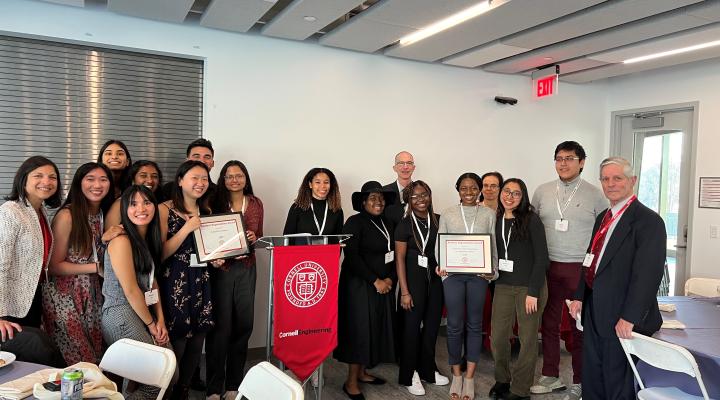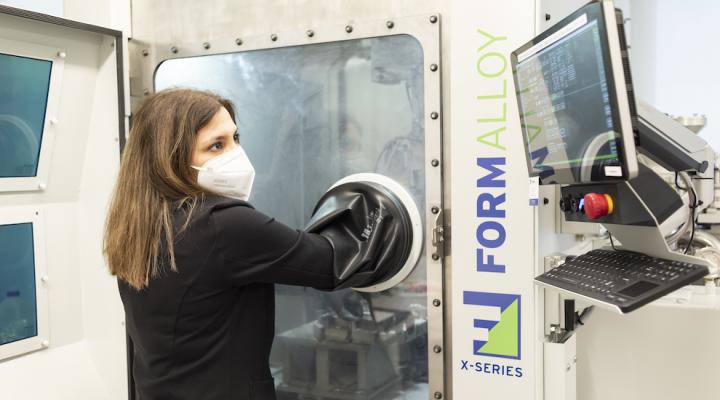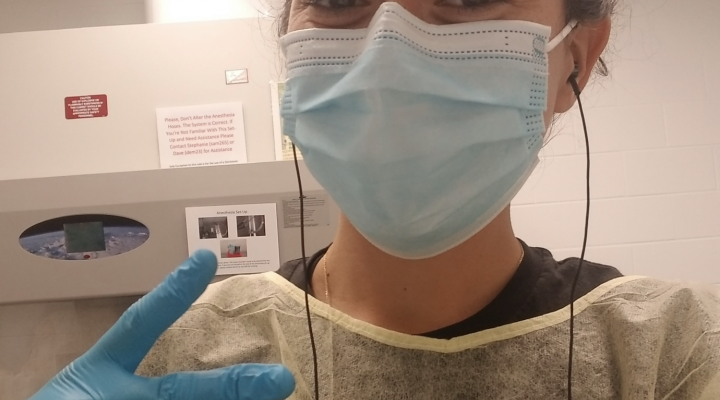Cellular reprogramming is a technique that allows adult, specialized cells, such as skin from healthy or diseased patients, to be transformed into pluripotent stem cells. The breakthrough that came through the efforts of last year’s Nobel Prize in Physiology or Medicine winners Shinya Yamanaka and John Gurdon represents a highly promising strategy to produce autologous cell sources for regenerative therapies as well as novel models of human development and disease. Unfortunately, the reprogramming process is inefficient (0.001-1% conversion) and the resulting cells cultures are highly heterogeneous with a substantial number of partially reprogrammed cells. As a result of this low reprogramming efficiency, the human induced pluripotent stem cells must be manually identified and separated. Singh and colleagues, working at Georgia Institute of Technology, report a new microfluidic-separation technology termed µSHEAR (micro stem cell high-efficiency adhesion-based recovery) that selectively isolates fully reprogrammed cells in a label-free, high throughput fashion. Findings in the paper “Adhesion strength–based, label-free isolation of human pluripotent stem cells,” which was published in the journal Nature Methods, indicate that the shear forces needed to detach human induced pluripotent stem cells, in culture, are significantly lower than partially and nonreprogrammed cells. These unique differences could be exploited to selectively isolate stem cells using µSHEAR technology. “This work will have high impact on the human pluripotent stem cell field, not only towards standardized culture procedures for generating purified stem cells, but also more broadly in scale-up for lab-based research, clinical applications, and drug/toxicity screening applications of bona fide human pluripotent stem cells,” says Ankur Singh - who is currently a postdoctoral fellow in Mechanical Engineering at Georgia Institute of Technology and will be joining the Sibley School of Mechanical & Aerospace Engineering at Cornell University as an Assistant Professor in July.
At Cornell University, Prof. Singh's "Immunotherapy and Cell Engineering Lab (ICEL)" will focus on understanding the role of cell biomechanics and mechanical signal transduction in human development and addressing key problems in curing diseases, like cancer, through application of innovative bioengineering approaches that control behaviors of cells. Dr. Singh's research interests focus on understanding the role of cell biomechanics and mechanical signals in human development and addressing key problems in curing diseases, like cancer, through application of innovative bioengineering approaches such as biomaterials and microfluidics. Prior to joining Georgia Tech, Ankur completed his Ph.D. in Biomedical Engineering at The University of Texas at Austin where he developed synthetic immune priming centers for the treatment of cancer and infectious diseases.
For the publication itself, see Singh, Ankur, et al., “Adhesion strength-based, label-free isolation of human pluripotent stem cells,” Nature Methods (2013)
http://dx.doi.org/10.1038/nmeth.2437.
NIH Director's Blog
Nature Materials "News and Views"





